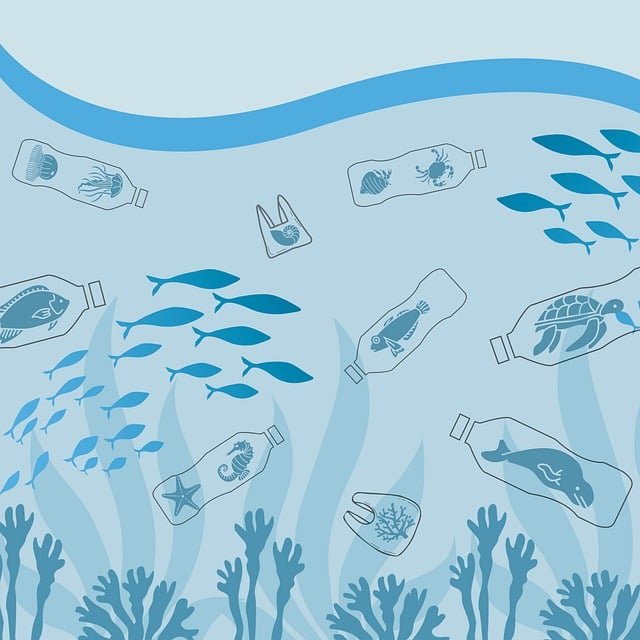## The Promise and Pitfalls: Navigating the World of Biodegradable Plastics
We live in a world drowning in plastic. From the mountains of single-use packaging to the microplastics infiltrating our oceans, the environmental impact of this ubiquitous material is undeniable. As awareness grows, so too does the search for sustainable alternatives. Enter biodegradable plastics, often touted as the eco-warrior’s answer to our plastic problem. But are these innovative materials truly the solution we’ve been waiting for, or do they present their own set of challenges?
### ## The Science Behind the Solution: Understanding Biodegradability
Before we delve into the environmental impact, let’s first unpack what it actually means for a plastic to be biodegradable. Traditional plastics, derived from petroleum, are notorious for their longevity. These stubborn polymers can persist in the environment for centuries, slowly fragmenting into smaller and smaller pieces but never truly disappearing.
Biodegradable plastics, on the other hand, are engineered to break down much faster.
This accelerated decomposition is made possible by their unique composition. Instead of relying solely on fossil fuels, biodegradable plastics incorporate renewable materials like cornstarch, sugarcane, and even algae. These natural components act as tasty treats for microorganisms, which feast on the plastic and break it down into simpler substances like water, carbon dioxide, and biomass.
### ## A Complex Reality: Examining the Environmental Impact
The promise of a plastic that disappears seems almost too good to be true. And in some ways, it is. While biodegradable plastics offer a glimmer of hope, their environmental impact is far more nuanced than it initially appears.
### ### The Good: Reducing Landfill Waste and Dependence on Fossil Fuels
One of the most significant advantages of biodegradable plastics lies in their potential to alleviate the pressure on our overflowing landfills. By decomposing at a much faster rate than traditional plastics, they can significantly reduce the volume of waste accumulating in these sites. This, in turn, can minimize the risk of harmful leachates contaminating surrounding soil and groundwater.
Furthermore, the use of renewable resources in the production of biodegradable plastics offers a welcome departure from our reliance on fossil fuels. By utilizing plant-based materials, we can reduce greenhouse gas emissions associated with plastic production and lessen our dependence on finite resources.
### ### The Bad: Not All Biodegradables Are Created Equal
Here’s where things get a little complicated. The term “biodegradable” itself can be misleading, as it encompasses a wide spectrum of materials








